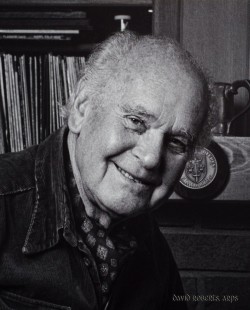

Described as “the greatest exterior camera artist in the world,” Osmond Borradaile (1898-1999) was a pioneering cameraman whose footage of some of the most remote locales on the planet introduced moviegoers to the beauty of India, sub-Saharan Africa, and Antarctica at a time when few Westerners traveled outside of North America and Europe.
Borradaile was born in Winnipeg, Manitoba, and raised in Victoria, British Columbia. At age 16, he moved to Hollywood where he landed a job mopping the floors of Jesse L. Lasky Feature Play Company. From these humble beginnings he become a lab technician, then a cameraman’s assistant, cameraman, and eventually one of the most well-respected directors of photography of his time.
A turning point in Borradaile’s career came in 1931, when film producer and director Alexander Korda invited Borradaile to join his new company London Films. This association led to the making of the most innovative movies of that era, including The Private Life of Henry VIII, Saunders of the River, The Drum, and the Academy-Award winning Thief of Baghdad.
After the war, he went to Australia to film the Overlanders, and then on to Antarctica to film Scott of the Antarctic.
In 1950 he moved the family to British Columbia’s Fraser Valley to take up dairy farming. Yet he never abandoned the profession he loved. His films for the National Film Board include Royal Journey, chosen best documentary for 1951 by the British Film Academy.
In the 1960s, he devoted himself to the growth of British Columbia’s fledgling film industry. Vancouver filmmakers still remember him teaching young technicians the skills of his profession.
For his life’s work he was made an Officer of the Order of Canada. He was inducted as Chevalier de le la legion d’honneur for his service in France during the First World War.


